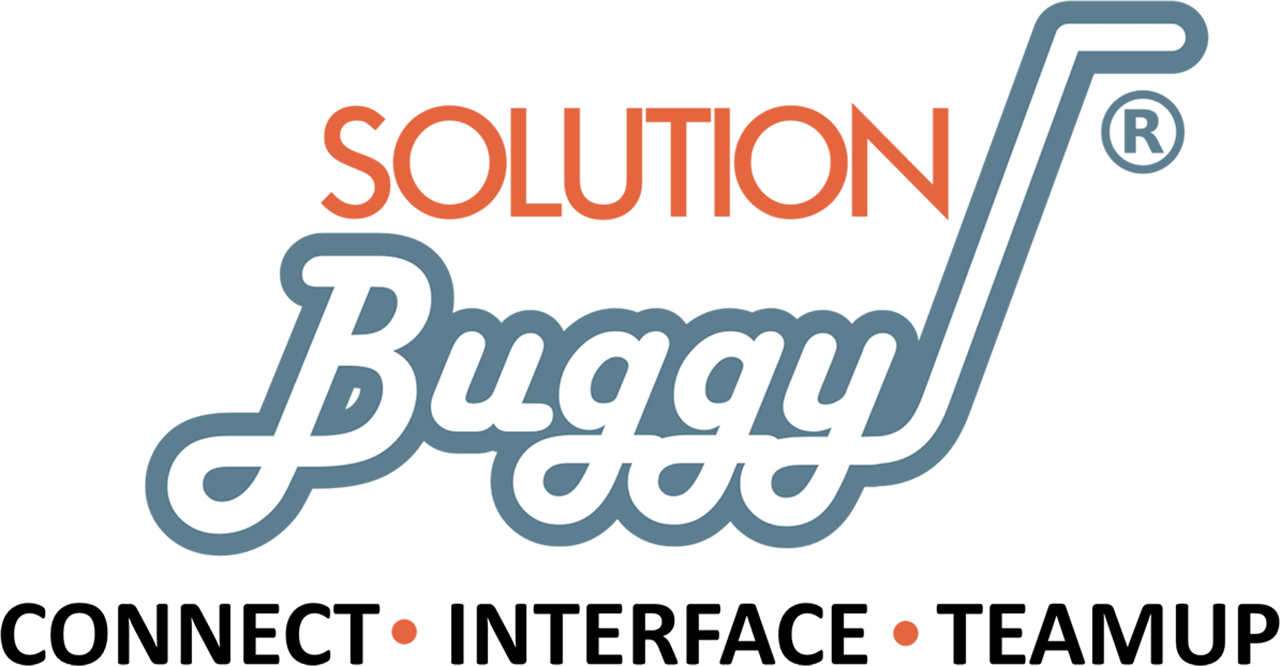1. Natural sweeteners: Stevia leaf and monk fruit
When American consumers discovered that added sugars were leading to obesity, their no 1. health problem, they distrusted the use of products with saccharin. This led to the innovation of non-nutritive natural sweeteners which added zero calories.
Stevia leaf extract, with rebaudioside-A, was considered as a safe ingredient for food and beverages by the FDA. Though not overnight, it was gradually accepted to be used by leading beverage companies like Coca-Cola, Tropicana, etc., with slight adjustments in formulations.
Similarly, Monk fruit extract has been widely used as a table-top sweetener, as a concentrate for its natural Fruit sweetness, and has been supplied by Bio Vittoria Ltd., a company in New Zealand. It is also well known as a zero-calorie non-nutritive natural sweetener.
2. Resistant starch
Resistant starch is a natural component found in bananas, parsnips, plantains, potatoes, yams, and most legumes like beans, peas, and lentils (but not soy), it also is in grains, especially barley, rice, and high-amylose corn. It is a unique form of carbohydrate that, in the formulation, behaves like starch, but acts like fiber inside the digestive system. It is resistant to digestion (hence the name) and helps in managing diabetes and its precursor, insulin resistance. Like fiber, it absorbs fewer calories as it increases bulk and transit time through the gastrointestinal tract, it also helps lower cholesterol, reduces cancer of the digestive system, and protects against cardiovascular disease.
3. High-Pressure Pasteurization (HPP)
HPP systems are used for cold- pasteurizing meat, ready-to-eat meals, juices, and other food products that would suffer under high-temperature pasteurization. An HPP system packs packaged food products into torpedo-like cylinders that are moved into water-filled chambers. As the water pressure is raised to 87000 psi, microorganisms such as listeria and salmonella are killed by collapsing their cell walls. The food product is largely unaffected if its packaging is tough. It is gentle and adds no ingredients (such as antimicrobials), thereby meeting current consumer demands for minimal processing and fewer ingredients.
4. Wealth from Waste
Froozer is a company that has created products from fruits or vegetables that the food production company cannot use since they are too ripe, or for cosmetic reasons. This prevents wastage as well as lower costs of the products for the customers.
5. Robots in the Food Plant
All food and beverage plants have started using at least one robot, especially for packaging. It is used for stacking boxes or filling them with products. There is a growing assurance that with the help of these robots, human intervention can be removed from the process anytime, thus ensuring the safety of food as well as the workers. It also helps in increased productivity as it saves time and manpower.


